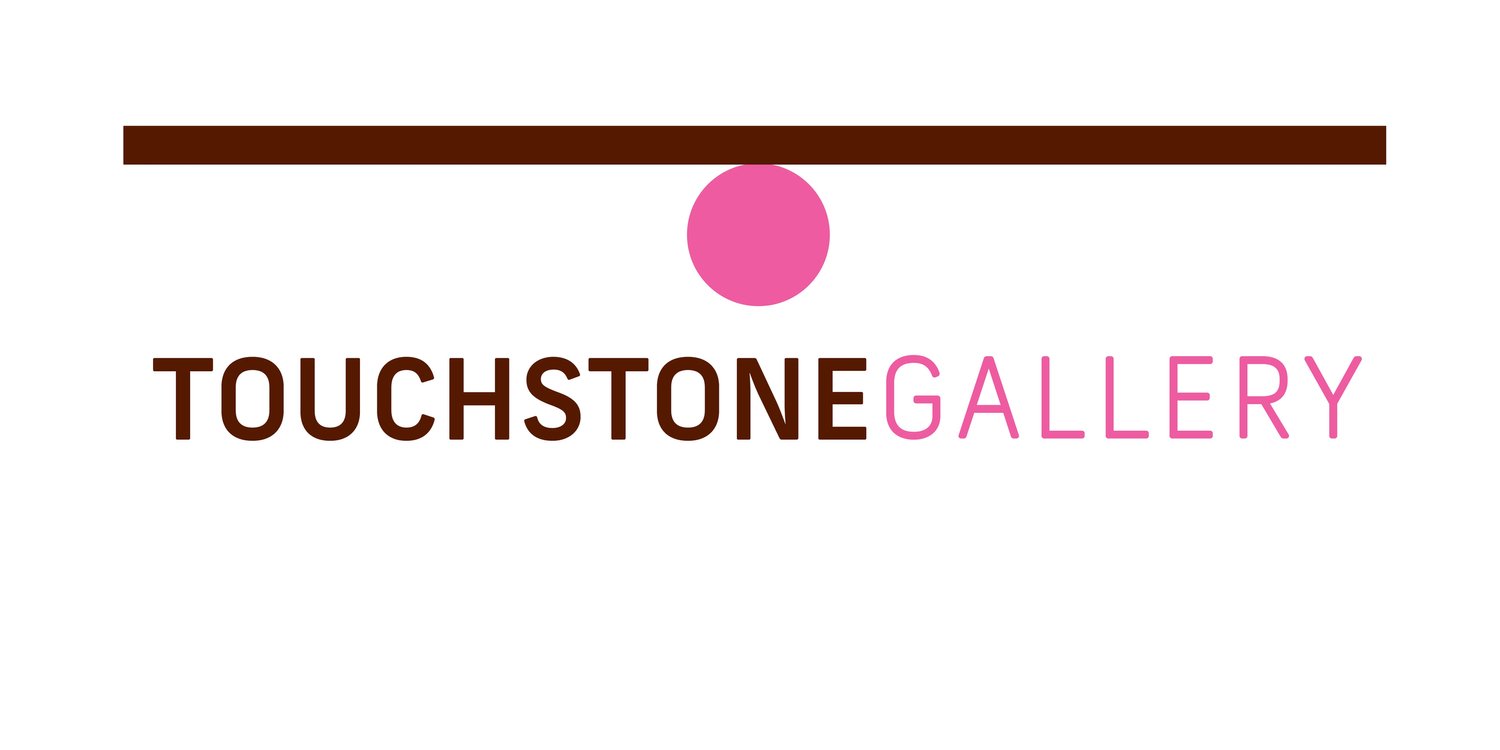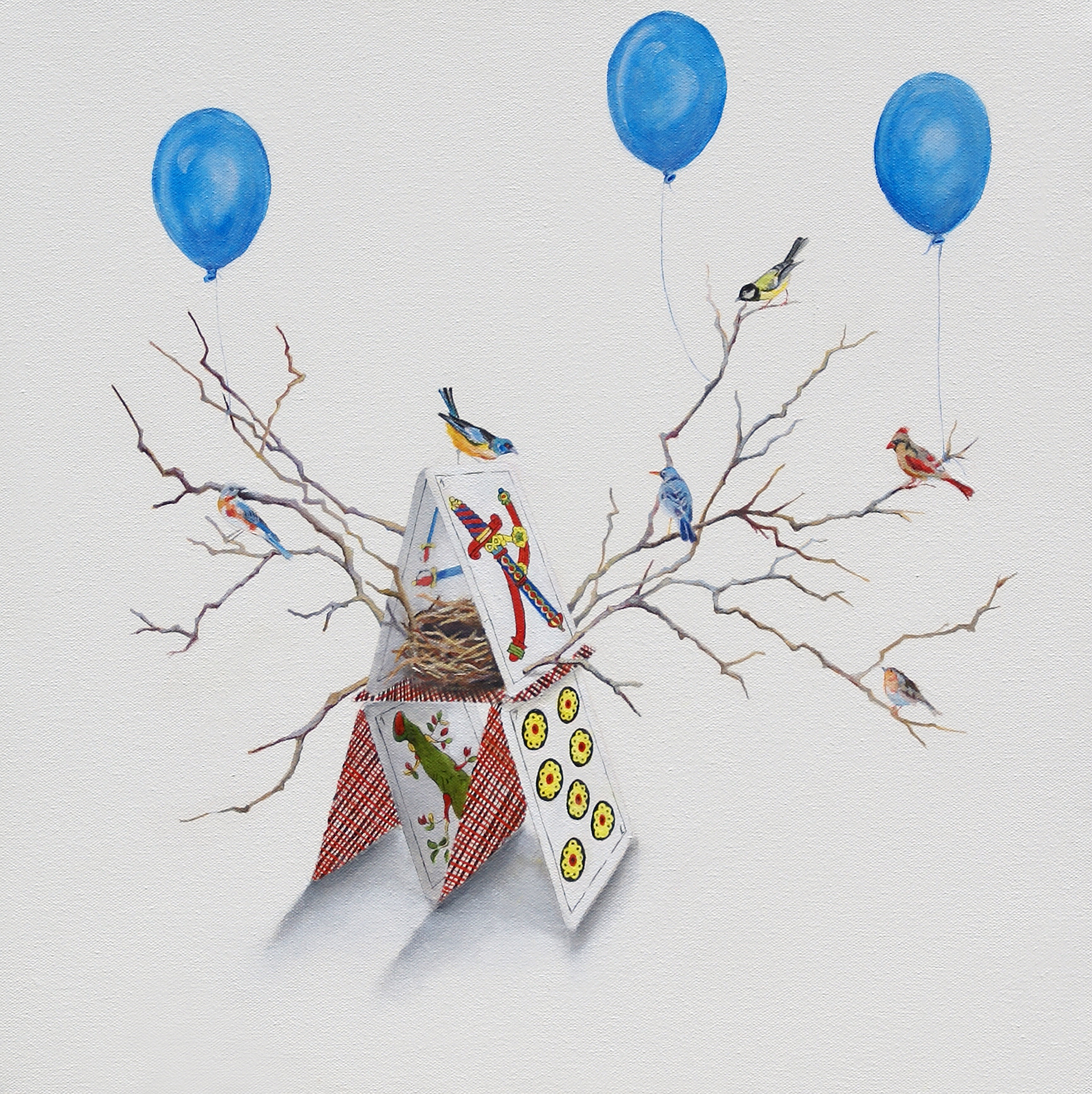Argentinian-born Claudia Samper reminisces on her early life in Buenos Aires. “As a youngster I was always drawing and creating things with my hands,” she recalls. “By the time I entered the university I didn't have many choices in Buenos Aires except for traditional career paths--medicine, education, law, etc. We of course did have a wonderful art institute, but it never crossed my mind to pursue art then.” The one track that suited her the most was architecture. After completing that 6-year degree program, she had acquired a solid base in both the technical and the art spheres of the curriculum.
As a teaching assistant, Claudia taught architectural modeling and design courses. Her favorite part of architecture was inventing designs and drawing complex perspectives by hand. Auto Cad computer renderings she learned later after moving to the US. Additional classes in graphic design paved the way for a career change as her attention to architecture waned and interest in exploring ceramics increased--especially hand built sculptural forms.
The magnetism of oil colors and portraiture captured her interest during her experiments with clay. Gradually oil paint “won the day” and she discovered that paint could better portray her interest in the human condition than her clay pieces. Claudia, moreover, was drawn to the paintings of Alice Neel, Lucian Freud, Rembrandt, and Velasquez, because they knew how to capture the interior expression of the person they were painting, going deeper than getting the shape of the mouth and distance between the eyes correct. Claudia learned to paint loosely, too, and didn’t concern herself with getting the anatomy photographically correct. Inspired by tango composers, poets and singers, she started a series about them, drawing from old black-and-white photographs just to get the basic form before allowing the colors and brush strokes to express the personality of her subject. Lucian Freud had explained it well, “The longer you look at an object, the more abstract it becomes, and, ironically, the more real.”
But the architectural outlook in Claudia has returned lately to her work, in the form of small precisely rendered surreal paintings. Their graphic quality takes precedence over her use of oils. Many of these new works pair lifelike songbirds with Origami birds on a white background that negates the natural habitat from which avian life usually springs. By situating the birds in a spare environment, Claudia tells a distinctive story of the relationship between humankind and the natural world--a story for the viewer to decipher without the muffle of bushes, land and sky. The recognizably live birds and the folded paper birds each bring with them their own history of meaning. Each also becomes a metaphor for people trying to make sense of a world where mixed messages and conflicting information seem to be the order of the day. Hence the title: Connecting the Dots.
In her first solo at Touchstone Gallery, Connecting the Dots, Claudia tries out new materials along with the oils: colored pencils on transparent Mylar, ink on translucent Mylar, and graphite. Some pieces are 3 or 4 layers thick resulting in images that go beyond mere presentation--images that have to be discovered bit by bit by the viewer. You can see and enjoy these intriguing works at Touchstone Gallery from July 8-30.
Opening Reception: Friday, July 14 from 6-8:30 pm
Meet the Artist Saturday, July 29, 1 – 3 pm;
901 New York Ave NW, Washington DC 20001; Wed-Fri 11-6 and Sat-Sun 12-5. http://www.touchstonegallery.cominfo@touchstonegallery.com



